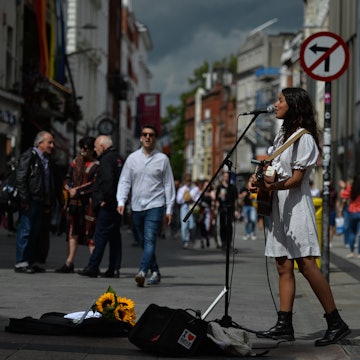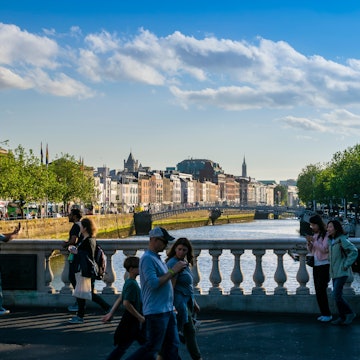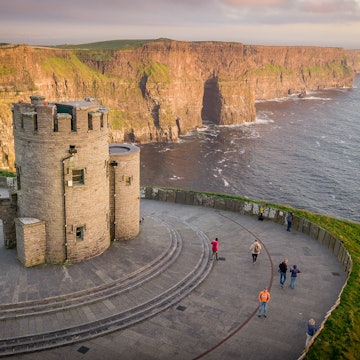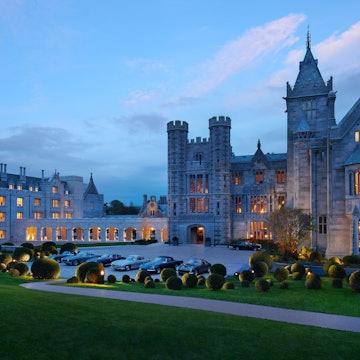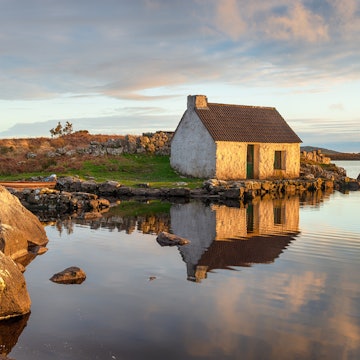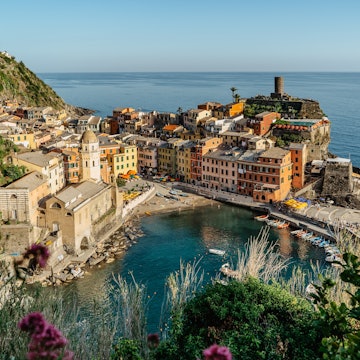

Valley in the Ring of Kerry, as seen from the Ladies View in Killarney National Park © Peter Zelei Images / Getty Images
Exploring the cinematic canvas of Ireland's national parks is a journey through ancient oak woodlands, swaths of blanket bog shaped like lunar outposts, glassy lakes and dramatic green mountains shrouded in mist.
Ireland has six national parks; five are located on the west coast and one can be found on the east, just an hour from Dublin. Most can be explored in less than a day and are generally suited to all ages and levels of fitness, though you can find some difficult trails if you're up for a challenge. Great weather may not be guaranteed when visiting Ireland's national parks but one thing you can be sure of is otherworldly vistas, whether the sun comes out or not.

Killarney National Park
Best for lakes
Sprawling over 10,236 hectares, the sublime Killarney National Park is an idyllic place to explore, either by itself or as part of a Ring of Kerry tour. Ross Castle and Muckross House draw big crowds, but it's possible to escape amid Ireland's largest area of ancient oak woods, with panoramic views of its highest mountains and the country's only wild herd of native red deer.
The core of the national park is the Muckross Estate, donated to the state by Arthur Bourn Vincent in 1932; the park was designated a Unesco Biosphere Reserve in 1982. The Killarney Lakes – Lough Leane (the Lower Lake, or 'Lake of Learning'), Muckross (or Middle) Lake and the Upper Lake – make up about a quarter of the park, and are surrounded by natural oak and yew woodland, and overlooked by the high crags and moors of Purple Mountain (832m) to the west and Knockrower (552m) to the south.
Read more: The best time to go to Ireland
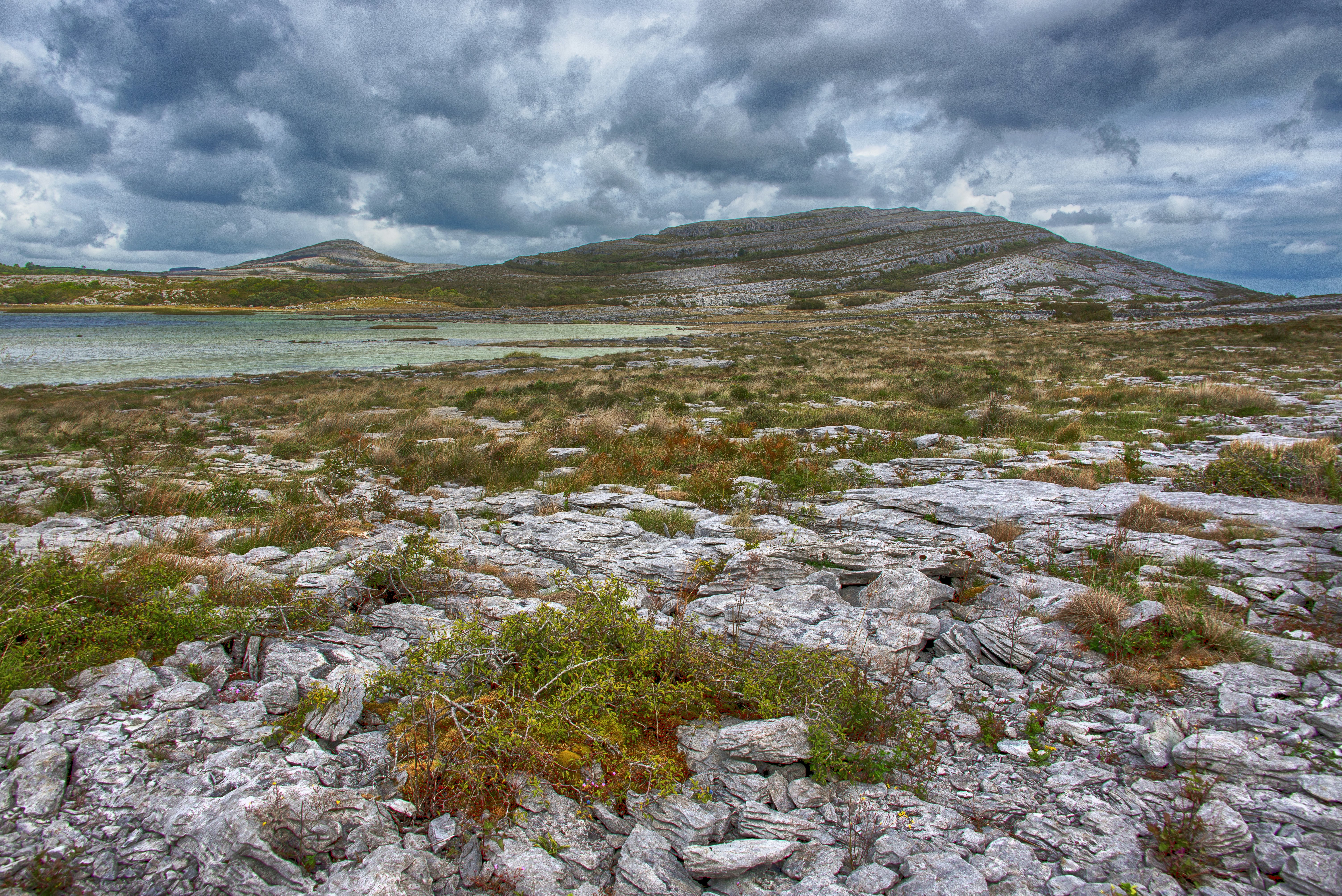
The Burren National Park
Best for flora
Visiting the Burren National Park is like stepping out onto another planet. Located on the south-eastern tip of the Burren in Co Clare, the national park is Ireland's smallest at just 15 sq km in size. Its lunar landscape is made up of limestone grasslands and pavements, cut with grasslands and hazel and ash woodlands. What makes the Burren really special is its extraordinary flora, a unique combination of Arctic-Alpine plants that grow alongside Mediterranean plants in the same habitat.
Another major draw is the Poulnabrone Dolmen, a well-preserved megalithic tomb (and Ireland's most photographed ancient monument) that dates back to the Neolithic period. Burren National Park is also home to Dromore Wood, where you'll find the 17th-century O’Brien castle, two ring forts, a limekiln, and, if you're very lucky, the elusive Pine Marten. The park has seven way-marked walking trails (none are wheelchair accessible) and is just a 35-minute drive from the famous Cliffs of Moher.
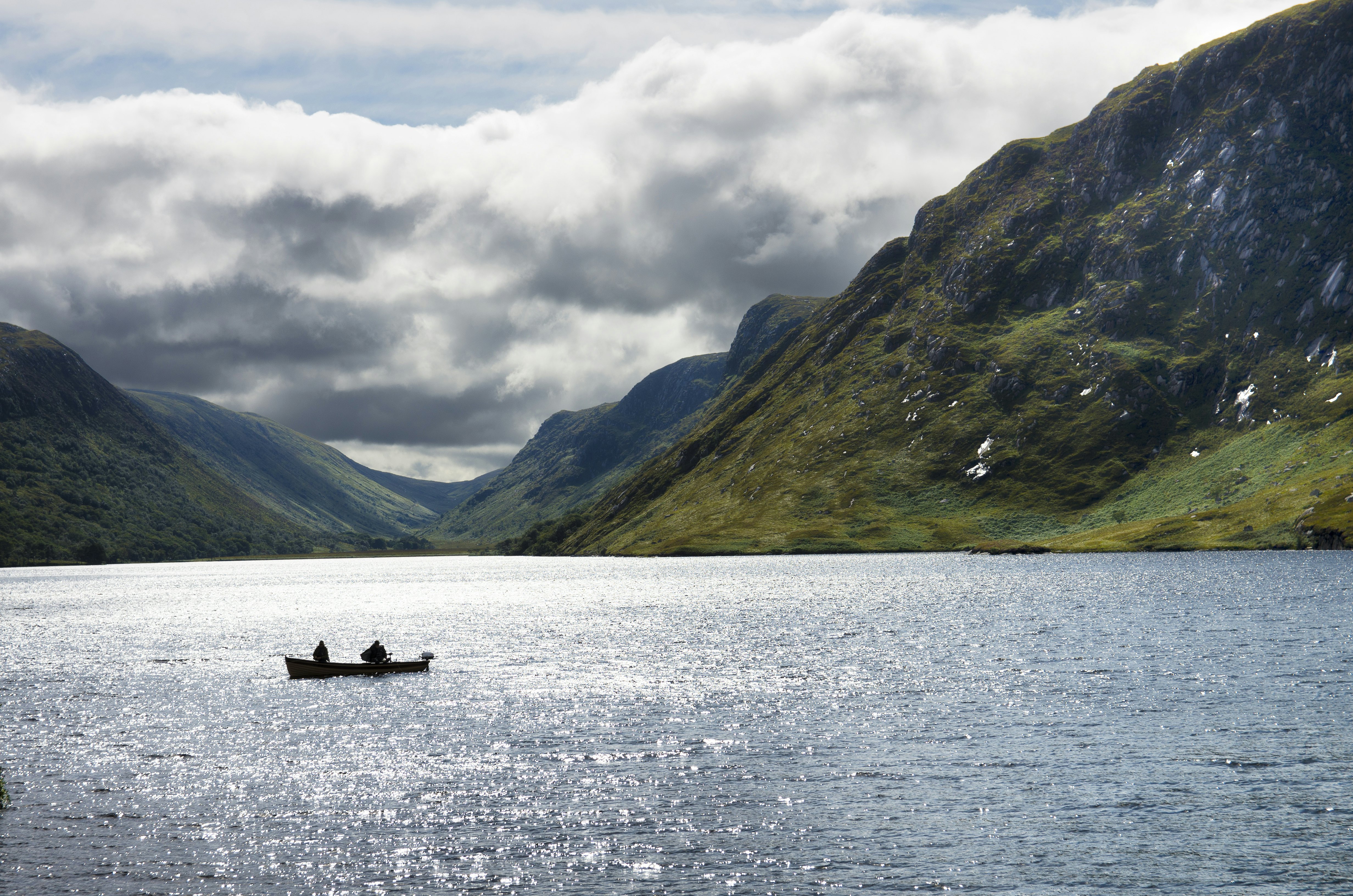
Glenveagh National Park
Best for wildlife
Ireland's second-largest national park, Glenveagh is a sublime panoply of lakes overlooked by brooding mountains, with valleys scooped from the land and scattered with both forest and swaths of bog that offer an enticing, unspoilt landscape coupled with wonderful options for hiking for all levels of fitness. Its wealth of wildlife includes the golden eagle, which was hunted to extinction here in the 19th century but reintroduced in 2000, and the country's largest herd of red deer.
Such serenity came at a heavy price. The land was once farmed by 244 tenants, who were forcibly evicted by landowner John George Adair in the winter of 1861 following what he called a 'conspiracy', but really because their presence obstructed his vision for the valley. Adair put the final touches on his paradise by building the spectacular lakeside Glenveagh Castle (1870–73), while his wife, Adelia, introduced the park's definitive red deer and rhododendrons.

Wicklow Mountains National Park
Best for wild camping
Wicklow Mountains National Park covers just over 200 sq km of mountain, blanket bog and woodland. Within its boundaries are two nature reserves, owned and managed by the Heritage Service and legally protected by the Wildlife Act 1976. The larger reserve, west of the Glendalough Visitor Centre, conserves the extensive heath and bog of the Glendalough Valley plus the Upper Lake and valley slopes on either side. The second, Glendalough Wood Nature Reserve, protects oak woods stretching from the Upper Lake as far as the Rathdrum road to the east.
It takes about an hour by car to reach Wicklow Mountains National Park from Dublin's city center, and a shuttle bus (€17 adult return ticket) departs daily. It's the most visited Irish national park due to its proximity to Dublin with over one million visits per year. The bulk of the crowd can be found in Glendalough but it's possible to escape them in the less-trodden uplands. There are nine way-marked walking trails,that vary from a child-friendly half-hour walk to a more invigorating four-hour hike. While there are no serviced campsites in Wicklow National Park it's a popular spot for wild camping.
Read more: How to get around in Ireland

Connemara National Park
Best for bird-watching
Immediately southeast of Letterfrack, Connemara National Park spans 2000 dramatic hectares of bog, mountains, heath and woodlands. The park encloses a number of the Twelve Bens, including Bencullagh, Benbrack and Benbaun. The heart of the park is Gleann Mór (Big Glen), through which the River Polladirk flows. There's fine walking up the glen and over the surrounding mountains along with short self-guided walks. Guided nature walks led by park rangers depart from the visitor center.
The park is known for its diverse birdlife. Above you, you'll find songbirds such as skylarks, wrens, robins, meadow pipits, stonechats and chaffinches. While birds of prey including kestrel and sparrowhawk, merlin and peregrine falcon are known to visit. Winter is the best chance to see native birds like woodcock and song thrush, alongside migrating birds from north eastern Europe.
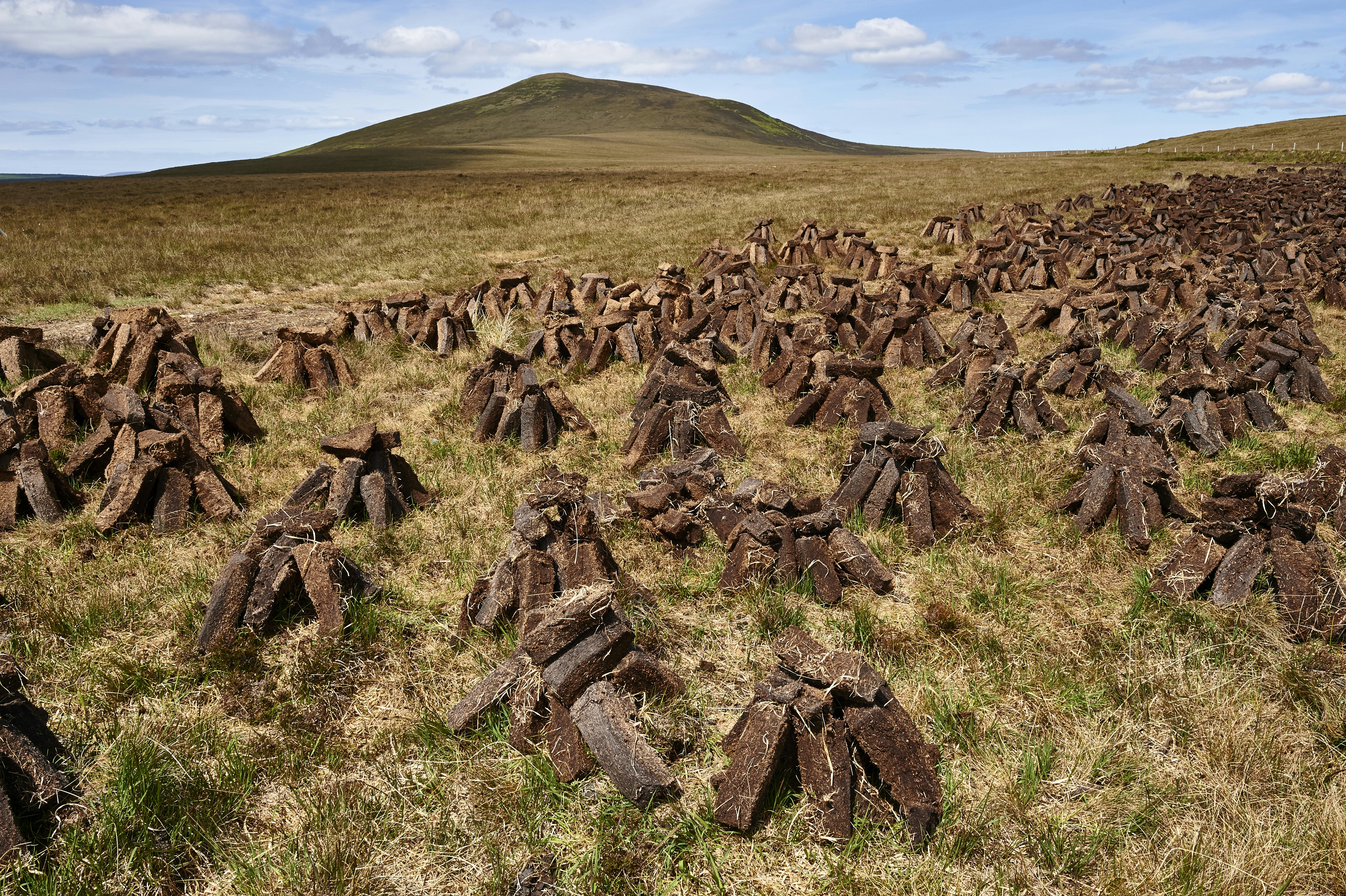
Ballycroy National Park
Best for stargazing
This huge and scenic park – comprising some of Europe's greatest areas of blanket bog – is home to magnificent natural diversity, including peregrine falcons, corncrakes and whooper swans. It was granted Gold-Tier International Dark Sky Park in 2016 and is a spectacular spot for stargazing. According to Mayo Dark Sky Park, on a clear night, you can "see over 4500 twinkling stars, along with other planets in our solar system, The Milky Way and even meteor showers all with the naked eye". There are no serviced campsites in the park but wild camping is permitted if you want to spend a night under the stars.
A short nature trail with interpretation panels leads from the visitor center in Ballycroy across the bog, revealing superb and frequently sublime views to the surrounding mountains. Staff can recommend more ambitious hikes and there are displays on whaling and the ubiquitous purple heather.










